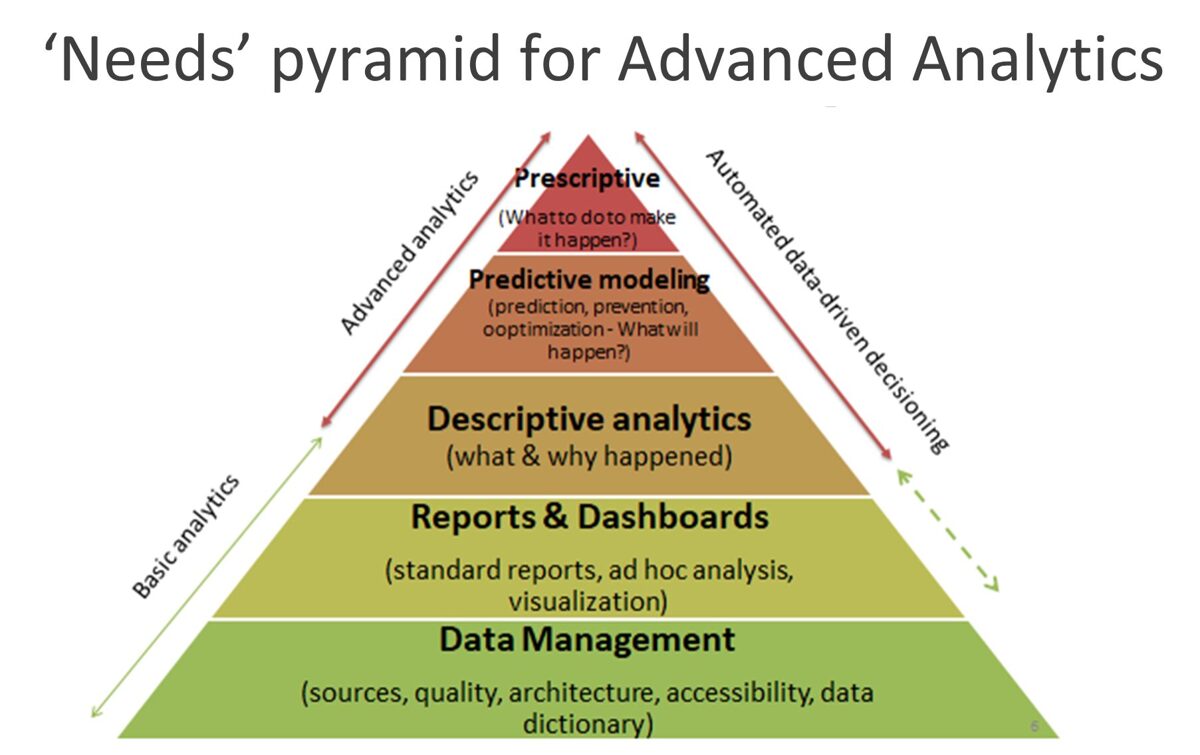Fintech
Leverage structured and unstructured data to improve the predictive power of models
Data Science
Use of statistics, machine learning, predictive modeling, and other analytical techniques to uncover insights about customers, products, and other areas of research
Provisioning
Creating automated reports based on IFRS for internal or external (investor, auditor, regulator) requirements
Risk Management
Full scope risk management - from customer analysis to segmenting defaults, to tool usage for processes, and strategy for customer engagement
